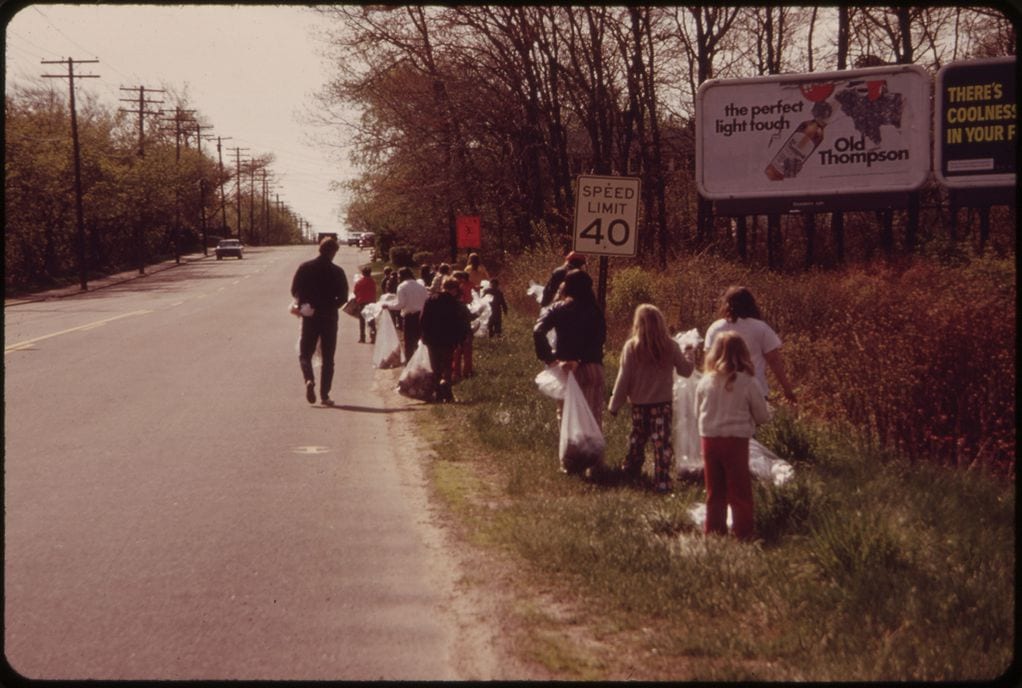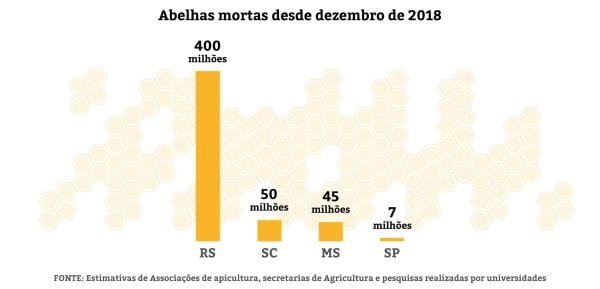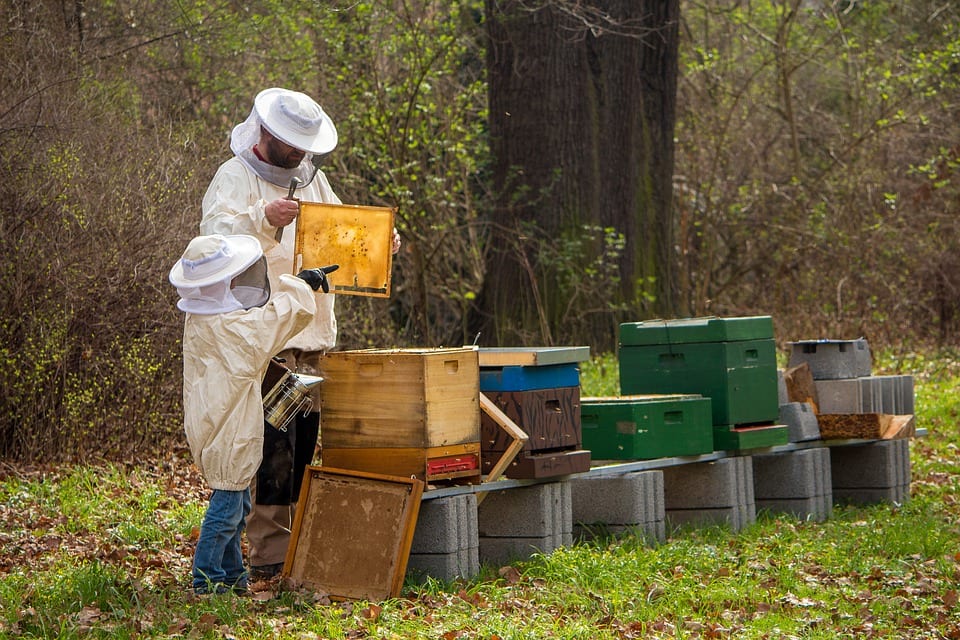I’m all for modern technology, but sometimes it feels like it’s kind of out of hand.
We all think we’re so enlightened and our lives are so advanced, but maybe we’re getting dumber? And maybe we don’t really need all of this stuff after all?
Check out some hilarious (and accurate) examples from the “Internet of Sh*t” Twitter account.
1. Oops
— Internet of Shit (@internetofshit) July 10, 2019
2. Patronizing
there's something patronizing about having to prove you're not a robot… to a computer pic.twitter.com/xJkPmcBQAz
— Internet of Shit (@internetofshit) January 27, 2017
3. Close the door!
why the fuck doesn't it just close the door itself if it's so smart https://t.co/1HHqJhCtFH
— Internet of Shit (@internetofshit) January 13, 2019
4. Thanks a lot, Roomba
where the fuck did the roomba go this morning pic.twitter.com/VOeH7J4mhb
— Internet of Shit (@internetofshit) April 6, 2018
5. In distress
You will be remembered when AI takes over https://t.co/B3tNgJLqng
— Internet of Shit (@internetofshit) February 23, 2018
6. What a time to be alive
"the sneaker can’t be tightened or properly worn" because there's a bug in an update
what a time to be alive
— Internet of Shit (@internetofshit) February 25, 2019
7. WRONG
destination: wrong code pic.twitter.com/1Iw5LkV8jc
— Internet of Shit (@internetofshit) October 8, 2017
8. It’s in your best interest
– apple quietly slows down 1-2 year old phones almost to 500mhz when the battery gets worse
– doesn't tell users
– gets caught red-handed
– says it's in our best interest— Internet of Shit (@internetofshit) December 21, 2017
9. Hacked
I would literally pay money to use Microsoft paint on a 80 meter wide screen https://t.co/IXtie0pqkP
— Internet of Shit (@internetofshit) February 14, 2018
10. Love it!
ah, now you can answer your phone privately while looking like a super villain https://t.co/9rvjM5ySjh pic.twitter.com/9guCPWIFHo
— Internet of Shit (@internetofshit) March 13, 2017
11. Very helpful
Oh it's just the terms of service of all the apps printed on the ground pic.twitter.com/b2RwY1DQoS
— Internet of Shit (@internetofshit) September 9, 2018
12. Time to start yelling
looking forward to yelling STOP, PLEASE STOP at all four corners of my smart kitchên pic.twitter.com/KUzEyBqvcX
— Internet of Shit (@internetofshit) June 18, 2019
13. No way
Fuck off https://t.co/JCHtZFz6pZ
— Internet of Shit (@internetofshit) October 25, 2017
14. What year is it, again?
Alexa, how could we make supermarket shopping dystopian as fuck https://t.co/Va7XIgSa4U
— Internet of Shit (@internetofshit) July 10, 2019
15. That’s enough
That moment when you desire death pic.twitter.com/BP36qeiyJM
— Internet of Shit (@internetofshit) November 19, 2016
Can we go back to the Stone Age yet?
The post This Twitter Account Hilariously Mocks the Absurdity of Modern Technology appeared first on UberFacts.

 ~ toronto
~ toronto  ~
~ with a 4 year old child
with a 4 year old child  A fellow Malaysian pointed this out and I'm really baffled why this is even happening. Is this really happening or some sort of prank??
A fellow Malaysian pointed this out and I'm really baffled why this is even happening. Is this really happening or some sort of prank?? So, you're from a developed country traveling to a 3rd world country begging for money?
So, you're from a developed country traveling to a 3rd world country begging for money?  Why not get a job and save up for your doggone trip like everyone else? Don't give the rest of us in the developed country this image.
Why not get a job and save up for your doggone trip like everyone else? Don't give the rest of us in the developed country this image. Am I wrong to think this entitlement issue is getting way out of hand??? What do you think?
Am I wrong to think this entitlement issue is getting way out of hand??? What do you think? . . #Entitlement #Millenial #travelling #freeloader #begpackers #norespect #respect #backpacking #digitalnomad #nomad #travel #travelasia #bethechange
. . #Entitlement #Millenial #travelling #freeloader #begpackers #norespect #respect #backpacking #digitalnomad #nomad #travel #travelasia #bethechange What ever happened to “Free Hugs”? #japan #gaijin #travel #streetphotography #begpackers
What ever happened to “Free Hugs”? #japan #gaijin #travel #streetphotography #begpackers (@ImSoloTraveller)
(@ImSoloTraveller) 



















 : @awiexpedition / Mario Hoppmann #mosaic #arctic #arcticocean #research #science #alfredwegenerinstitut #mosaicexpedition
: @awiexpedition / Mario Hoppmann #mosaic #arctic #arcticocean #research #science #alfredwegenerinstitut #mosaicexpedition Photo by Mine Tekman #alfredwegenerinstitut
Photo by Mine Tekman #alfredwegenerinstitut





 Natürlich kann eine elektrische Zahnbürste die Motivation steigern aber wenn die Handzahnbürste gut und korrekt benutzt wird erledigt sie ihren Job auch optimal. Nichtsdestotrotz braucht man für die Reinigung der Zahnzwischenräume zusätzlich eine Einbüschelzahnbürste. Ggf. sind Zahnzwischenraumbürsten und Zahnseite ebenfalls notwendig. #toothbrush #tooth #zahnpasta #kieferorthop #zahnpflege #smile #teeth #zahn #dental #whiteteeth #zahnmedizin #toothbrushing
Natürlich kann eine elektrische Zahnbürste die Motivation steigern aber wenn die Handzahnbürste gut und korrekt benutzt wird erledigt sie ihren Job auch optimal. Nichtsdestotrotz braucht man für die Reinigung der Zahnzwischenräume zusätzlich eine Einbüschelzahnbürste. Ggf. sind Zahnzwischenraumbürsten und Zahnseite ebenfalls notwendig. #toothbrush #tooth #zahnpasta #kieferorthop #zahnpflege #smile #teeth #zahn #dental #whiteteeth #zahnmedizin #toothbrushing ⠀⠀⠀⠀⠀⠀⠀⠀⠀ ⠀ ⠀ ⠀ ⠀ ⠀ ⠀ ⠀⠀⠀⠀⠀⠀⠀⠀⠀⠀ Um die DENTTABS Zahnputz-Tabletten für die Einführung in Deutschlands größter Drogeriemarktkette wettbewerbsfähig zu machen, unterstützen wir die Marke ganzheitlich bei der Neupositionierung in den Bereichen Digital, Brand und Campaign.
⠀⠀⠀⠀⠀⠀⠀⠀⠀ ⠀ ⠀ ⠀ ⠀ ⠀ ⠀ ⠀⠀⠀⠀⠀⠀⠀⠀⠀⠀ Um die DENTTABS Zahnputz-Tabletten für die Einführung in Deutschlands größter Drogeriemarktkette wettbewerbsfähig zu machen, unterstützen wir die Marke ganzheitlich bei der Neupositionierung in den Bereichen Digital, Brand und Campaign.  ⠀⠀⠀⠀⠀⠀⠀⠀⠀ ⠀ ⠀ ⠀ ⠀ ⠀ ⠀ ⠀⠀⠀⠀⠀⠀⠀⠀⠀⠀ #newmanagency #newmarketing #newman #digitalagentur #brandmarketing #kampagne #marketingagentur #zahnputztabletten #ökologisch #plastikfrei #nachhaltig #bestboutiqueoffice #grafic_art #graphic_design #graphicinspiration #artwork #digitaldesign #dentalmarketing #ecofriendly #zerowaste #noplastic #sustainableliving #zerowasteliving #teethcleaning #nachhaltigkeit #gogreen #zahnpasta #toothbrushing #zahncreme #toothtabs
⠀⠀⠀⠀⠀⠀⠀⠀⠀ ⠀ ⠀ ⠀ ⠀ ⠀ ⠀ ⠀⠀⠀⠀⠀⠀⠀⠀⠀⠀ #newmanagency #newmarketing #newman #digitalagentur #brandmarketing #kampagne #marketingagentur #zahnputztabletten #ökologisch #plastikfrei #nachhaltig #bestboutiqueoffice #grafic_art #graphic_design #graphicinspiration #artwork #digitaldesign #dentalmarketing #ecofriendly #zerowaste #noplastic #sustainableliving #zerowasteliving #teethcleaning #nachhaltigkeit #gogreen #zahnpasta #toothbrushing #zahncreme #toothtabs
 #toothbrushtimer #cavityfree #oralhygeine #oralhygeineisimportant #oralhygeineiskey #oralhealth #dentist #dentitionbebe #dentition #babygirl #4yearsold
#toothbrushtimer #cavityfree #oralhygeine #oralhygeineisimportant #oralhygeineiskey #oralhealth #dentist #dentitionbebe #dentition #babygirl #4yearsold 